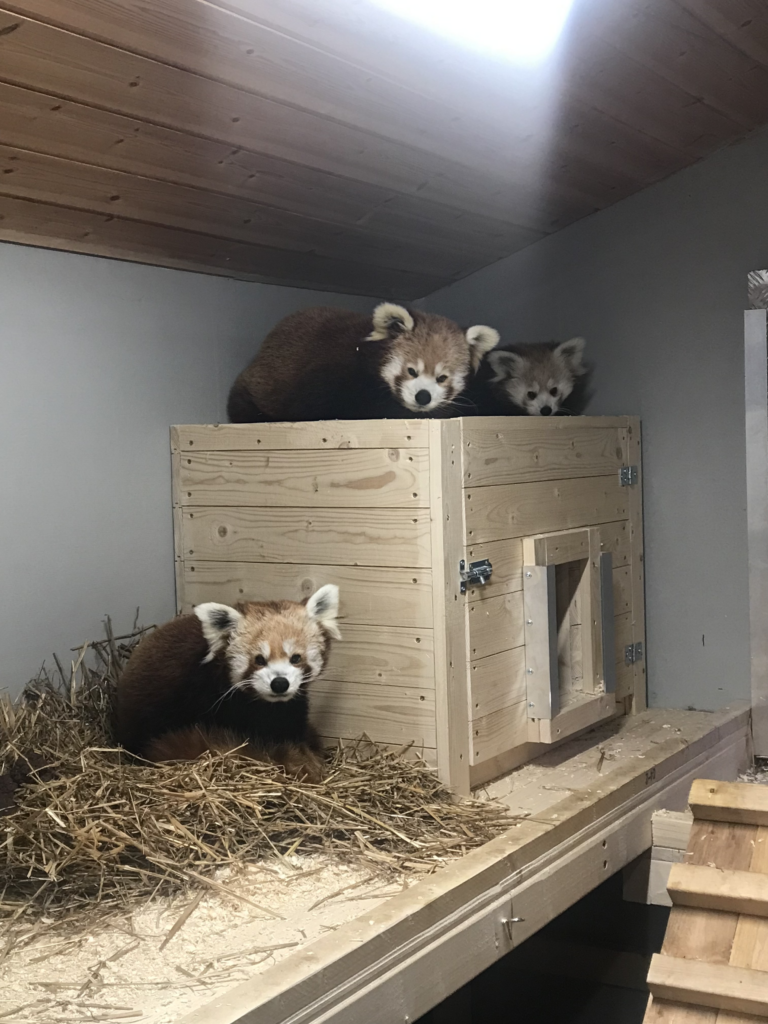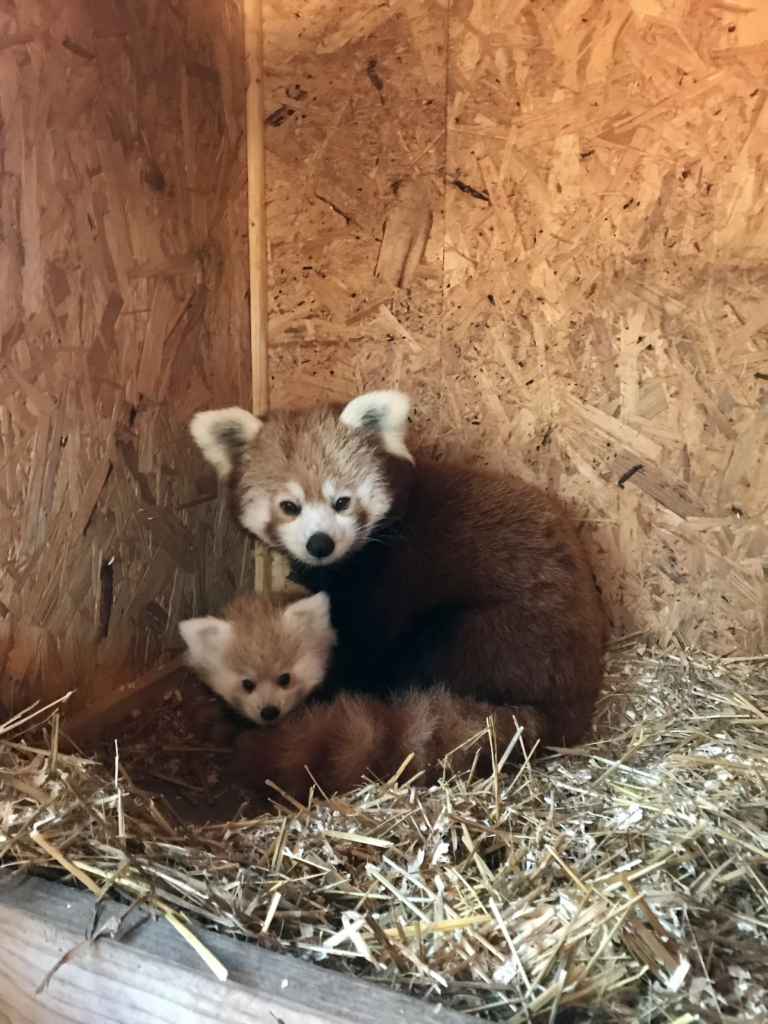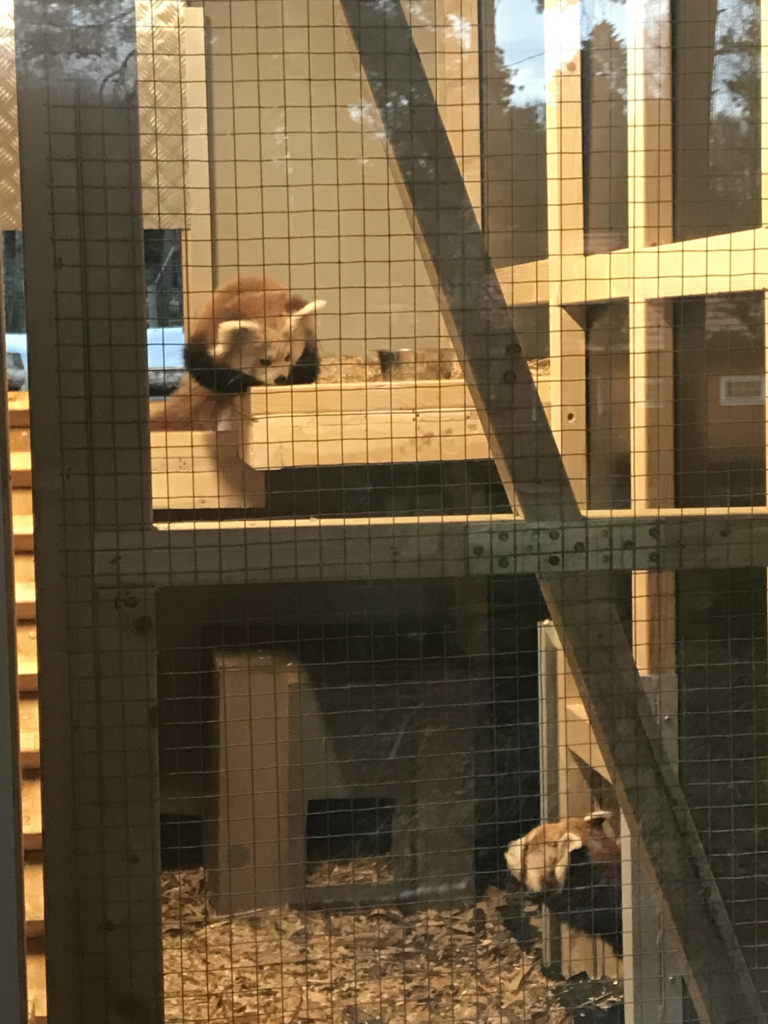Background

Species
The red panda is a mammal belonging to the mammalian Carnivora order and is one of the five known species of bamboo eaters. Bamboo makes up about 80% of its diet, and it lives in subtropical and temperate forests at high altitudes, where it prefers habitats with high bamboo density, fallen logs, shrubs, and a nearby water source.
CONSERVATION
The red panda is classified as endangered by the International Union for Conservation of Nature (IUCN), with a 50% population decrease in just 18 years. As part of global conservation efforts and one of the priority actions for this species according to the IUCN, zoos play an essential role by providing safe habitats and raising awareness about the species and its threats in the wild.

Activity patterns
In the wild
Red pandas spend most of their day resting, around 15 hours per day. During winter, the frequency of rest increases to conserve heat and reduce metabolism.
Most studies state that red pandas are more active during the day.
In captivity
Red pandas have two activity peaks according to the feeding schedule: one in the morning and one late afternoon.
Sleeping is the most common behaviour, followed by locomotion and grooming. The activity pattern varies according to the presence of visitors, temperature fluctuations, and the feeding routine of each zoo.
Main difference
Captive red pandas are less active than those in the wild, likely due to the lack of foraging needs. They may compensate for this by over-grooming and eating hair. Similar comparisons of activity budgets between captive and free-ranging animals in other mammal species did not show any major variations (Giant panda, Giraffes, Sulawesi crested black macaques, and Boars)
Parental behavior
Little is known about maternal behaviour, mother-cub interaction, and even less about father-cub and father-mother interaction during the growth of offspring in red pandas. Red panda cubs have a slow development and reach maturity between 18 and 20 months of age. When the cub becomes more independent and leaves the den or nest box, the female’s time allocation to behaviours changes, likely associated with the development of the cub.


Aims
To improve red panda’s welfare and obtain a baseline for future ideas about environmental enrichment, the aim was to better understand :
➯ the social behaviour of a mated pair of red pandas and their cub:
➯ the inter-individual distance;
➯ the impact of external variables: visitors’ presence, feeding routine and temperature.